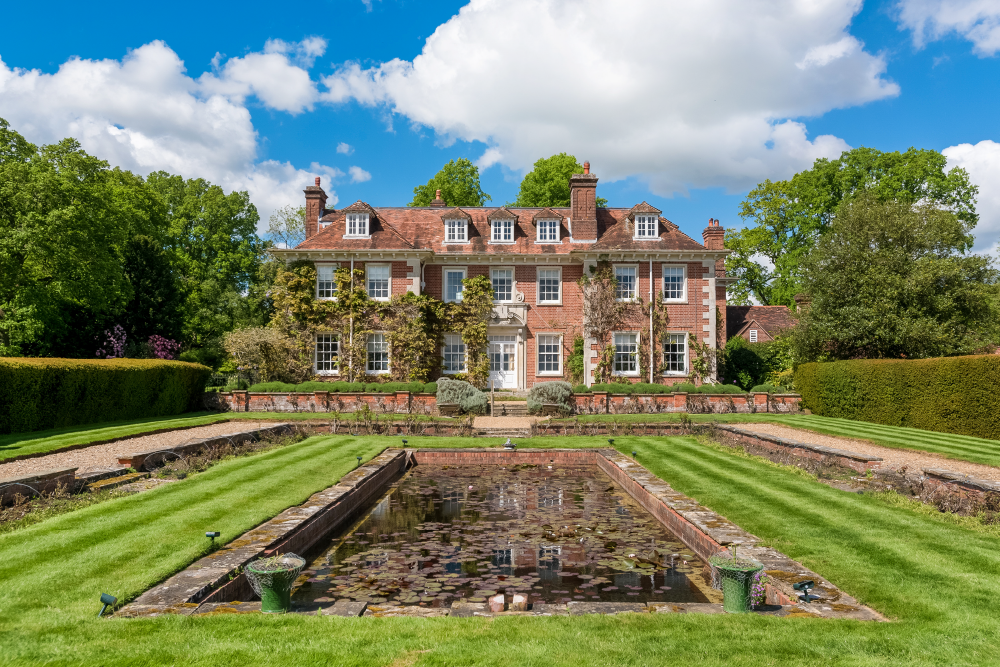
With the recent change in government, the UK country house and farms market is experiencing notable shifts. One of our partners and our Head of National Country Agency Team (NCAT), Matthew Allen, shares his insights on the short and medium-term consequences.
Leading up to the election, the market experienced a natural stagnation as buyers and sellers awaited the outcome. However, since Labour’s landslide victory in July, there has been a significant increase in viewings, new instructions, and potential new instructions for the late summer and early autumn market.
The new government has outlined bold plans for housebuilding and reforms to the planning system. These initiatives are expected to encourage first-time buyers and downsizers, potentially increasing supply to meet pent-up demand.
In the higher-end market, properties priced around £1.5 million and above have seen steady demand. Buyers in this segment are typically less reliant on mortgages and seek properties with minimal compromises.
The recent reduction in interest rates to five per cent by the Bank of England, anticipated for some time, had previously stalled lower market transactions. This change is expected to rejuvenate the market, particularly at the lower end.
Demand for high-quality arable land remains stable, though there are strong regional variations. The current high level of land supply means not all blocks are being quickly snapped up, leading to significant price variations.
We have several really impressive country estates to offer at present and while some are generating strong demand and selling well, others are not attracting the expected level of interest, often due to residential weighting or location compromises.
Looking ahead, more supply is expected to enter the prime residential and rural markets throughout the year. The recent interest rate change is anticipated to provide the market with a much-needed positive boost.





